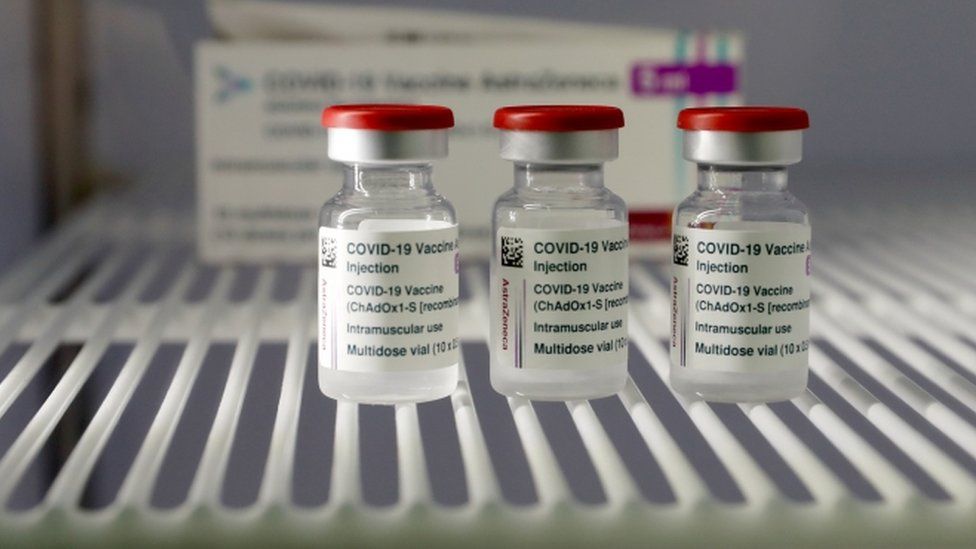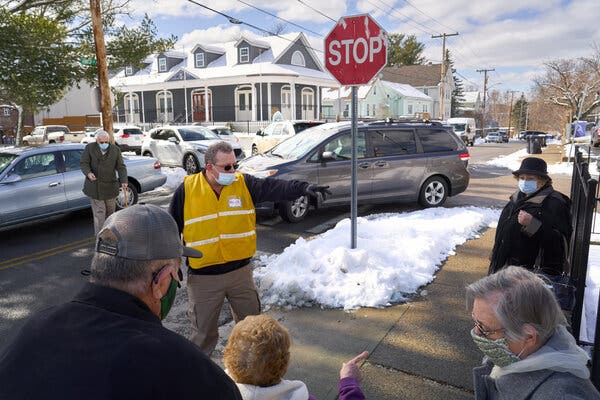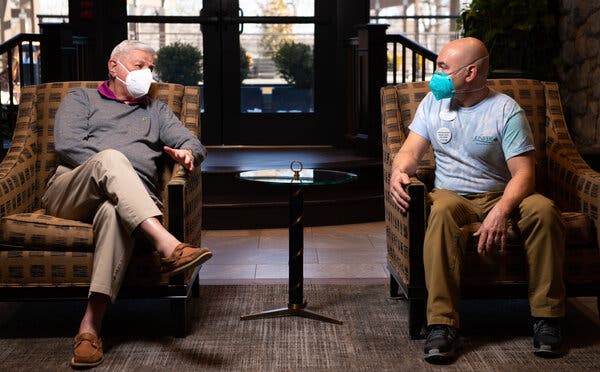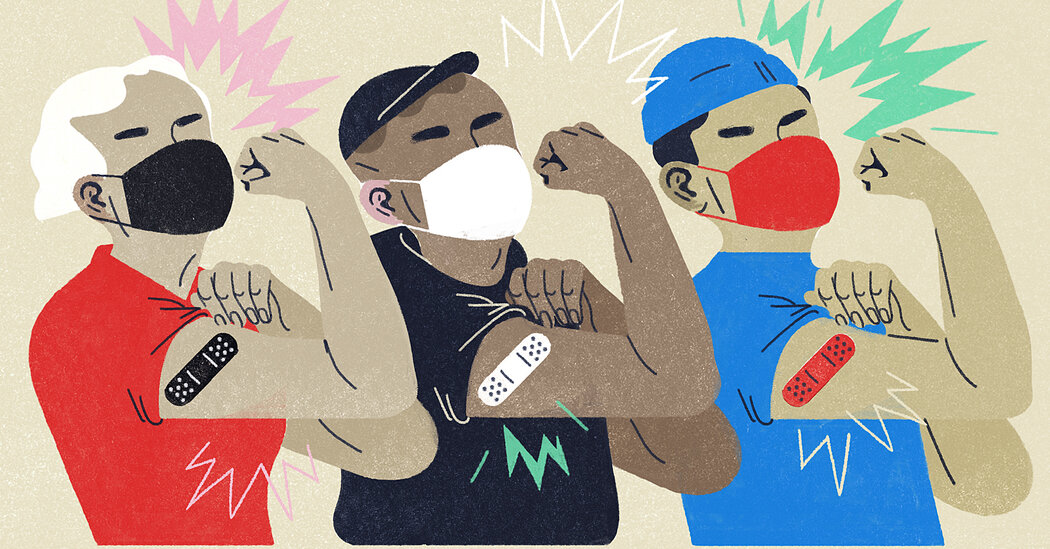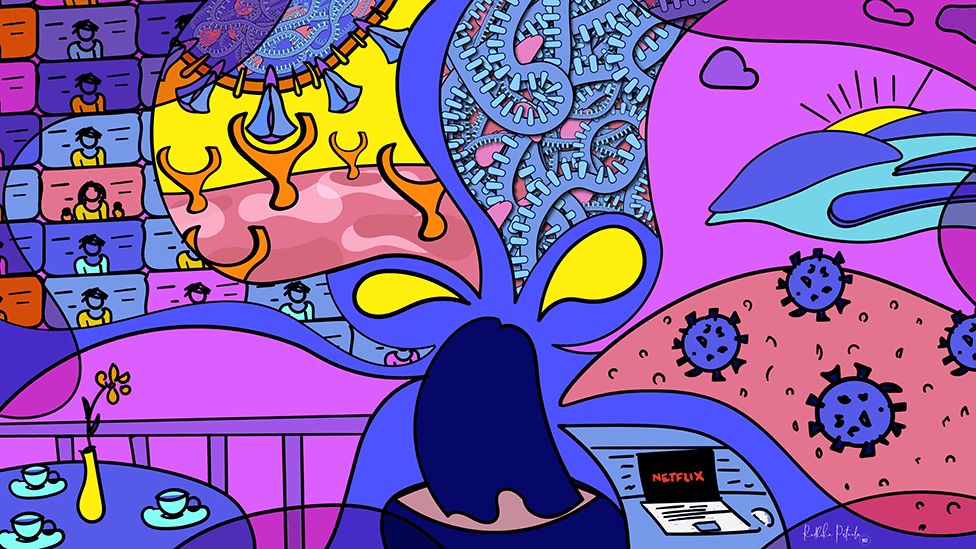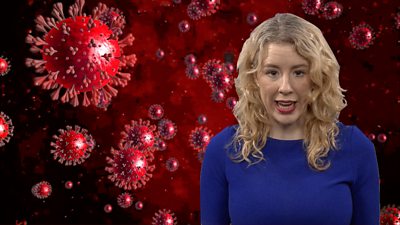.layout-medium .main{max-width:none}@media screen and (max-device-width:767px),screen and (max-width:767px){.main{margin:0;padding:0}}.ad.top-ad{overflow:hidden;width:100%;max-width:100%;margin-left:0;margin-right:0}.lede-container-ads{display:none;position:relative}.bottom-container-ads{text-align:center}.sharetools-story{display:none}.page-interactive-app .story-header{padding:0 16px}.comments-button.theme-kicker{display:none}#sharetools-interactive{top:-6px}.viewport-small-10 #sharetools-interactive{top:0}.story.theme-main .story-header .story-meta .story-heading{line-height:1}.page-interactive .story.theme-main .story-header{border:0;margin:0 auto;padding:0 16px}.page-interactive .story.theme-main .story-header .story-meta{margin-bottom:0}.page-interactive .story.theme-main .story-header .story-meta .kicker-container{margin-bottom:10px}.page-interactive .story.theme-main .story-header .story-meta .kicker-container #sharetools-interactive{left:auto;right:16px;bottom:auto;display:block}.page-interactive .story.theme-main .story-header .story-meta .story-heading{font-family:nyt-cheltenham,georgia,times new roman,times,serif;font-size:42px;line-height:1.1;margin:0 auto;text-align:left}.page-interactive .story.theme-main .story-header .story-meta .story-meta-footer .summary{font-family:nyt-cheltenham,georgia,times new roman,times,serif;font-size:18px;font-weight:100;margin-top:15px;margin-bottom:0;line-height:1.3;color:#666}.page-interactive .story.theme-main .story-header:after{content:””;display:block;background:#e2e2e2;height:1px;width:auto;margin-top:32px}.video_container .nytd-player-container{margin-bottom:7px}.media.photo[data-media-action=modal]{pointer-events:none}.media-viewer-asset img{width:100%;display:block}.leadin-body{border-bottom:1px solid #ccc;padding:0 16px 20px}.marginalia{display:none;border-top:1px dotted #999;width:300px;float:right;clear:right;margin:5px 0 45px 30px;padding-top:10px}.marginalia .module-heading{font-size:11px;font-size:.6875rem;line-height:11px;line-height:.6875rem;font-weight:700;font-family:nyt-franklin,arial,helvetica,sans-serif;color:#000;text-transform:uppercase;margin-bottom:1em}.marginalia ul{margin:0}.marginalia ul li{margin-bottom:.75em}.marginalia ul li:last-child{margin-bottom:0}.marginalia .story .story-link{text-decoration:none}.story.theme-summary .thumb{float:left;clear:left;margin:0 10px 0 0;width:75px;height:75px}.marginalia .story .thumb{position:relative;max-width:65px;width:21.67%;height:auto;clear:none;margin-left:0}.marginalia .story .thumb img{height:auto;width:auto}.marginalia .story .story-heading{color:#333;font-size:13px;font-size:.8125rem;line-height:17px;line-height:1.0625rem;font-weight:400;font-family:nyt-cheltenham-sh,georgia,times new roman,times,serif}.marginalia .story .thumb+.story-heading{float:left;clear:left;margin:0;width:74.5%;clear:right}.marginalia .story .story-heading .story-heading-text{padding-right:.75em}.marginalia .story .story-link .story-heading-text,.marginalia .story .story-link:hover{color:#326891}.marginalia .story .story-link:active .story-heading-text,.marginalia .story .story-link:hover .story-heading-text{text-decoration:underline}.related-coverage-marginalia{top:100%;position:absolute;right:0}.related-coverage,.story.theme-main .story-footer{padding:0 16px}.page-interactive .story.theme-main .story-header .story-meta .story-heading{font-size:41px;line-height:.97560975609756;text-align:center;font-weight:200}.page-interactive .story.theme-main .story-header .story-meta .story-heading:after{content:””;display:block;width:180px;height:1px;border-bottom:1px solid #ccc;margin:20px auto 10px}.page-interactive .story.theme-main .story-header .story-meta .story-meta-footer .summary{font-family:nyt-franklin,Arial,helvetica,sans-serif;font-size:14px;line-height:1.42857142857143;font-weight:500;color:#3f3f3f}.story.theme-main .dateline{font-family:nyt-franklin,Arial,helvetica,sans-serif;font-size:14px;line-height:1.42857142857143;font-weight:500;color:#7f7f7f}.viewport-medium-10 .story.theme-main .story-header{padding:0}.viewport-medium-10 #sharetools-interactive{display:block}.viewport-medium-10 .story.theme-main .sharetools-story{clear:left;display:block;float:left;position:relative;width:65px}.viewport-medium-10 .story.theme-main .sharetools-story >ul{position:absolute}.viewport-medium-10 .story.theme-main .sharetools.sharetools-story .sharetool.show-all-sharetool{margin-left:0}.viewport-medium-10 .comments-button.theme-kicker{display:inline-block}.viewport-medium-10 .story.theme-main .story-header{margin-top:16px;max-width:auto}.viewport-medium-10 .story.theme-main .story-header .story-meta{margin-bottom:10px}.viewport-medium-10 .story.theme-main .story-header .story-meta .story-heading{font-size:60px;text-align:center}.viewport-medium-10 .story.theme-main .story-header .story-meta .story-meta-footer .byline-dateline{text-align:center}.viewport-medium-10 .story.theme-main .story-header .story-meta .story-meta-footer .summary{text-align:center;margin-left:auto;margin-right:auto;margin-top:20px;max-width:720px;font-size:20px}.viewport-medium-10 .story.theme-main .story-header:after{margin-top:48px}.viewport-medium-10 .leadin-body{margin-bottom:16px;margin-left:105px;padding:0 0 32px;width:510px}.viewport-medium-10 .media.photo[data-media-action=modal]{pointer-events:auto}.viewport-medium-10 .marginalia{margin-top:720px}.viewport-medium-10 .related-coverage,.viewport-medium-10 .story.theme-main .story-footer{padding:0}.viewport-medium-10 .bottom-container-ads{display:none}.viewport-medium-10 .lede-container-ads{clear:right;display:none;float:right;position:relative}.viewport-medium-10 .lede-container-ads .ad{position:absolute;margin:0 0 40px 7px;top:0;right:0}.viewport-large .story.theme-main .story-header{max-width:1020px;margin:0 auto}.viewport-large .story.theme-main .story-header .story-meta .story-heading{max-width:80%;font-weight:200}.fade{opacity:0;transition:opacity .8s}.fade.faded{opacity:1}.fill-in-blank{display:inline-block;border-bottom:1px solid #000;width:100px}.cascade,.one-at-a-time,.quiz{margin-top:30px}.cascade .media img,.one-at-a-time .media img,.quiz .media img{width:100%;display:block}.cascade h2,.one-at-a-time h2,.quiz h2{font-size:24px;margin-top:2em;margin-bottom:1em}.cascade p,.one-at-a-time p,.quiz p{font-size:16px;line-height:1.4;font-weight:400;font-style:normal;font-family:georgia,times new roman,times,serif}@media only screen and (min-width:480px){.cascade p,.one-at-a-time p,.quiz p{font-size:17px;line-height:1.625rem}}.cascade >.media,.cascade >.video,.one-at-a-time >.media,.one-at-a-time >.video,.quiz >.media,.quiz >.video{margin-bottom:45px;width:100%;max-width:1020px;margin-left:auto;margin-right:auto}@media only screen and (min-width:480px){.cascade .conclusion,.cascade .response,.cascade >.text-block,.one-at-a-time .conclusion,.one-at-a-time .response,.one-at-a-time >.text-block,.quiz .conclusion,.quiz .response,.quiz >.text-block{max-width:600px;margin-left:auto;margin-right:auto;box-sizing:border-box}}.cascade .response,.one-at-a-time .response,.quiz .response{margin-top:2em}.cascade .conclusion >.text-block p:first-of-type,.one-at-a-time .conclusion >.text-block p:first-of-type,.quiz .conclusion >.text-block p:first-of-type{margin-top:1em}.done-button{display:block;text-align:center}.done-button >.text-block{display:inline-block;background-color:#fff;padding:10px 15px;border:1px solid #053e69;border-radius:3px;cursor:pointer;margin-top:10px;transition:all .35s ease-out;transition-property:padding,background-color}.done-button >.text-block p{margin-top:0;margin-bottom:0}.reset-block{margin-top:20px}.cascade >.reset-block,.one-at-a-time >.reset-block,.quiz >.reset-block{text-align:center}.clear-saved{font-family:nyt-franklin,Arial,helvetica,sans-serif;font-size:15px;line-height:1.5;cursor:pointer;background:#053e69;display:inline-block;border-radius:4px;padding:8px 20px;color:#fff}.clear-saved,.clear-saved:hover{text-decoration:none}.clear-saved p{margin-bottom:0}@media only screen and (min-width:480px){.reset-block{margin-top:50px}}.video .credit{font-size:14px}@media only screen and (min-width:480px){.step{max-width:600px;margin-left:auto;margin-right:auto;box-sizing:border-box}}.multiple-choice-question,.multiple-select-question{position:relative;border-bottom:1px solid #ccc;padding-top:23px;padding-bottom:34px}@media only screen and (min-width:480px){.multiple-choice-question,.multiple-select-question{padding-top:47px;padding-bottom:39px}}.multiple-choice-question p,.multiple-select-question p{font-size:16px;line-height:1.4;font-weight:400;font-style:normal;font-family:georgia,times new roman,times,serif;font-size:18px;line-height:1.625rem}@media only screen and (min-width:480px){.multiple-choice-question p,.multiple-select-question p{font-size:17px;line-height:1.625rem;font-size:20px;line-height:1.5}}.multiple-choice-question .counter,.multiple-select-question .counter{font-size:16px;line-height:1.4;font-weight:400;font-style:normal;font-family:georgia,times new roman,times,serif;font-size:20px;line-height:1.5;color:#656565;margin-bottom:12px}@media only screen and (min-width:480px){.multiple-choice-question .counter,.multiple-select-question .counter{font-size:17px;line-height:1.625rem}}.multiple-choice-question .media,.multiple-select-question .media{margin-bottom:14px}.multiple-choice-question .media img,.multiple-select-question .media img{width:100%}.multiple-choice-question .response,.multiple-select-question .response{border-left:1px solid rgba(0,0,0,.05);padding-left:19px}.multiple-choice-question .response p,.multiple-select-question .response p{font-size:16px;line-height:1.4;font-weight:400;font-style:normal;font-family:georgia,times new roman,times,serif;color:#777}@media only screen and (min-width:480px){.multiple-choice-question .response p,.multiple-select-question .response p{font-size:17px;line-height:1.625rem}}.multiple-choice-question .done-button,.multiple-select-question .done-button{text-align:center}.multiple-choice-question .done-button.is-complete,.multiple-select-question .done-button.is-complete{display:none}.multiple-choice-question.answering .done-button,.multiple-select-question.answering .done-button{display:block}.multiple-choice-question .answer,.multiple-select-question .answer{display:block;position:relative;padding:15px 20px;border-radius:3px;margin-top:10px;cursor:pointer;background:#eaf2f9;line-height:1.25;color:#053e69;transition:all .35s ease-out;transition-property:padding,background-color}.multiple-choice-question .answer p,.multiple-select-question .answer p{margin-top:0;margin-bottom:0}.multiple-choice-question.answered .answer,.multiple-select-question.answered .answer{color:#656565;cursor:default;background-color:#f7f7f7}.multiple-choice-question.answered .answer.selected,.multiple-select-question.answered .answer.selected{background-color:#9b9078;color:#fff}.multiple-choice-question.unanswered .answer.selected,.multiple-select-question.unanswered .answer.selected{background-color:#053e69;color:#fff}.multiple-choice-question.has-correct-answers .answer,.multiple-select-question.has-correct-answers .answer{background-size:19px 19px;background-position:calc(100% – 20px) 20px;background-repeat:no-repeat}.multiple-choice-question.answered.has-correct-answers .answer.selected,.multiple-select-question.answered.has-correct-answers .answer.selected{background-image:url(https://static01.nyt.com/inc/quiz-x_light.svg);background-color:#e27676;color:#fff}.multiple-choice-question.answered.has-correct-answers .answer.correct,.multiple-select-question.answered.has-correct-answers .answer.correct{background-image:url(https://int.nyt.com/assets/adventure/images/quiz-check_green.svg);color:#97c19a}.multiple-choice-question.answered.has-correct-answers .answer.selected.correct,.multiple-select-question.answered.has-correct-answers .answer.selected.correct{background-color:#95c198;background-image:url(https://static01.nyt.com/inc/quiz-check_light.svg);color:#fff}.multiple-choice-question .poll-answer,.multiple-choice-question .poll-answer p,.multiple-select-question .poll-answer,.multiple-select-question .poll-answer p{font-family:Arial,Helvetica,sans-serif}.multiple-choice-question .poll-answer-percentage,.multiple-select-question .poll-answer-percentage{float:right;font-size:16px;font-size:20px;line-height:1.5;font-weight:400;color:#bfbfbf}.multiple-choice-question .poll-answer-graph,.multiple-select-question .poll-answer-graph{position:absolute;left:0;top:1px;z-index:-1;height:calc(100% – 4px);background-color:#f2f2f2;transition:width .5s ease-in-out}.multiple-choice-question.unanswered .poll-answer-graph,.multiple-select-question.unanswered .poll-answer-graph{width:0!important}.multiple-choice-question.unanswered .poll-answer-percentage,.multiple-select-question.unanswered .poll-answer-percentage{display:none}.multiple-choice-question.answered .poll-answer,.multiple-select-question.answered .poll-answer{background-color:transparent}.multiple-choice-question.answered.has-correct-answers .poll-answer,.multiple-select-question.answered.has-correct-answers .poll-answer{color:#656565;padding-right:50px}.multiple-choice-question.answered.has-correct-answers .poll-answer.selected,.multiple-select-question.answered.has-correct-answers .poll-answer.selected{color:#f47851;background-color:transparent;background-image:url(https://static01.nyt.com/inc/quiz-x_red.svg)}.multiple-choice-question.answered.has-correct-answers .poll-answer.selected.correct,.multiple-select-question.answered.has-correct-answers .poll-answer.selected.correct{color:#f47851;background-color:transparent;background-image:url(https://int.nyt.com/assets/adventure/images/quiz-check_green.svg)}.multiple-choice-question.answered .answer.selected,.multiple-select-question.answered .answer.selected{background-color:transparent;color:#656565}.multiple-choice-question .stats p,.multiple-select-question .stats p{font-family:nyt-franklin,Arial,helvetica,sans-serif;font-weight:500;color:#666;text-align:right;font-size:14px}@media only screen and (min-width:480px){.multiple-choice-question .counter,.multiple-select-question .counter{border-bottom:0 solid #ccc;padding-top:23px;padding-bottom:0;font-size:20px}}@media only screen and (min-width:480px) and (min-width:480px){.multiple-choice-question .counter,.multiple-select-question .counter{padding-top:47px;padding-bottom:39px;padding-bottom:0;position:absolute;display:inline-block;width:180px;left:-210px;text-align:right;top:0}}@media only screen and (min-width:480px){.multiple-choice-question .answer.question-unanswered:hover,.multiple-choice-question .done-button >.text-block:hover,.multiple-select-question .answer.question-unanswered:hover,.multiple-select-question .done-button >.text-block:hover{background-color:#053e69;color:#fff}}@media only screen and (min-width:480px){.multiple-choice-question,.multiple-select-question{max-width:600px;margin-left:auto;margin-right:auto;box-sizing:border-box}}.scorecard{margin-top:2em;font-family:nyt-cheltenham,georgia,times new roman,times,serif}@media only screen and (min-width:480px){.scorecard{max-width:600px;margin-left:auto;margin-right:auto;box-sizing:border-box}}.scorecard .scorecard-kicker{line-height:1.5;font-size:20px;display:block;font-weight:400;color:#656565}.scorecard .scorecard-inner{font-size:18px;line-height:1.66;font-weight:700;color:#323232;text-align:left}.stats{margin-top:2em}@media only screen and (min-width:480px){.stats{max-width:600px;margin-left:auto;margin-right:auto;box-sizing:border-box}}.stats p{font-family:nyt-franklin,Arial,helvetica,sans-serif;font-weight:500;color:#666;text-align:right;font-size:14px}@media only screen and (min-width:480px){.scorecard .scorecard-kicker{float:left;width:180px;margin:7px 0 0 -210px;text-align:right;font-size:30px}.scorecard .scorecard-inner{font-size:36px;margin-bottom:12px}}.lede-question-adventure .multiple-choice-question,.lede-question-adventure .multiple-select-question{border-bottom:none}.lede-question-adventure .multiple-choice-question .counter,.lede-question-adventure .multiple-select-question .counter{display:none}.lede-question-adventure .multiple-choice-question .response,.lede-question-adventure .multiple-select-question .response{border-left:none;padding-left:0}.lede-question-adventure .multiple-choice-question .response p,.lede-question-adventure .multiple-select-question .response p{font-size:16px;line-height:1.4;font-weight:400;font-style:normal;font-family:georgia,times new roman,times,serif;color:#000}@media only screen and (min-width:480px){.lede-question-adventure .multiple-choice-question .response p,.lede-question-adventure .multiple-select-question .response p{font-size:17px;line-height:1.625rem}}.lede-question-adventure .multiple-choice-question .text-block.lede-question p,.lede-question-adventure .multiple-select-question .text-block.lede-question p{text-align:center;font-size:20px;margin-left:auto;margin-right:auto}@media only screen and (min-width:480px){.lede-question-adventure .multiple-choice-question .text-block.lede-question p,.lede-question-adventure .multiple-select-question .text-block.lede-question p{font-size:27px}}.chapter-header{font-size:36px;text-align:center}.chapter-header em,.chapter-header strong{display:block}1
Read more →

